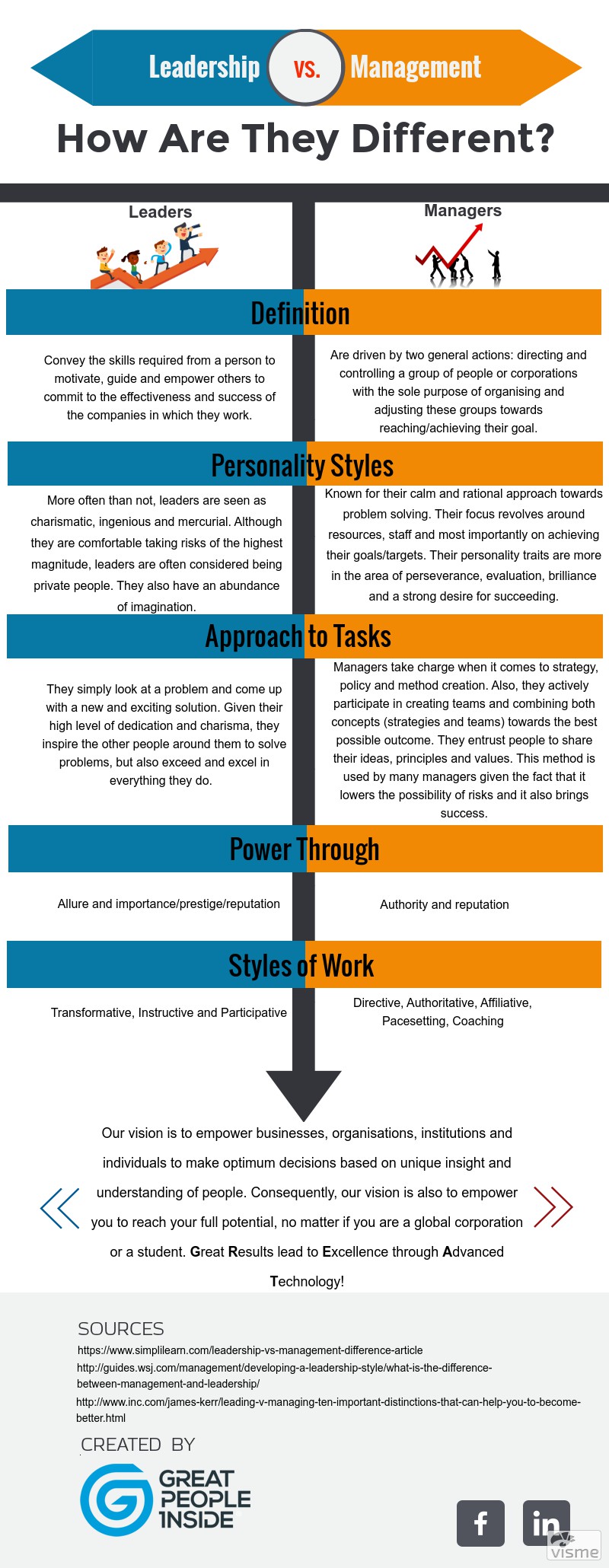The Effectiveness of High-Potential Employee Programs
High-potential (HIPO) employees find themselves in the top 5% within an organisation, based on their individual performances. They are considered the company’s most prized assets and are being tipped-off to go into leadership positions. But this is easier said than done. In most cases, organisations develop HIPO programs in order to train their best employees in becoming future leaders.
Although high-potential employee programs might seem like the perfect solution, over 40% of the people participating do not belong there, according to the data analysed by the Harvard Business Review (HBR). The information gathered by HBR consists of 1,964 high potential employees, from 3 distinct companies, who have measured their leadership abilities through 360° assessments. Feedback is immediate, with analysis reports being developed almost instantly. This type of assessment is done when organisations wish to measure capabilities such as low turnover, employee engagement and high productivity. Obviously, the better the score, the better the outcome.
When looking at the data gathered from the participants in the HIPO programs, the results were outlandish. 12% of them found themselves in the lowest quadrant in leadership effectiveness; resulting in an overall 42% below average. They’re not in the top 5% anymore, not by a mile.
What about the quality of the HIPO programs that are running in your company? There are a couple of mistakes that may come along the way in regards to these programs:
- Performance doesn’t equal potential: HIPO programs tend to focus too much on performance and that generally leads to problems in today’s ever changing business climate. First of all, most companies do not know how to measure performance given the fact that if subjective ratings are eliminated, there are very few metrics left to count on. Secondly, even if the right parameters are chosen to measure performance, most top performers cannot handle or are simply not prepared for the next level. The transition from being a simple employee to a manager, or from a manager to a leader, requires abilities most people haven’t been trained for before. Plus, there is always the possibility that HIPO employees focus on solving problems or an all-round team player. Unfortunately, this leads to people placed in jobs they are not able or do not want to perform. It is absolutely vital to understand that performance represents what you do and potential is simply what you COULD do. If you are really good at doing X this doesn’t mean you will be great at doing Y – X and Y here being two distinct activities.
- HIPO’s have their weaknesses: Here, the Pareto principle fits the bill quite perfectly. If you don’t know what the Pareto principle is, here is the explanation: 20% of employees make up for 80% of the company’s revenues and profits. Based on this idea, it is clear that 20% of employees cause 80% of the problems within an organisation. Coincidentally or not, they are most often than not, the same employees. HIPO personnel, who generally know their worth, are frequently more difficult to manage. Nevertheless, no matter how astute these people are, they tend to have a dark side as well. In this scenario, the HR department has to intervene. Unfortunately, when it does intervene, the focus is on improving their existing qualities which leaves out their other personality problems to roam free. Overworked strengths have a tendency to become weaknesses and that is not good news for any organisation.
It is a well-known fact that a top performer may start having difficulties at his job when he is placed in a leadership role. It is clear he may perform well in one company but he cannot have the same impact and results in another organisation. It all depends on his vision and leadership, and these qualities are not easy to find.
Great People Inside provides easy-to-use tools and processes to attract, assess, match, select, onboard, manage, develop, benchmark and maintain workforces anywhere in the world.
We help you find the right talent, the best fit for the job and your organisation. It requires deep knowledge of your own organisation’s culture and keen understanding of the candidate’s personality, strengths, interests, work style and other characteristics. The GR8 360° tool is excellent at developing managerial competencies, skills and behaviours. When using this assessment, you will find over 50 dimensions that come along with suggestions for future improvement and development. Our technology and solutions will do the work for you, helping you find employees who can flourish and reach the highest performance required to constantly bring your company forward.
Sources:
www.hbr.org
www.dcebglobal.com
www.forbes.com






